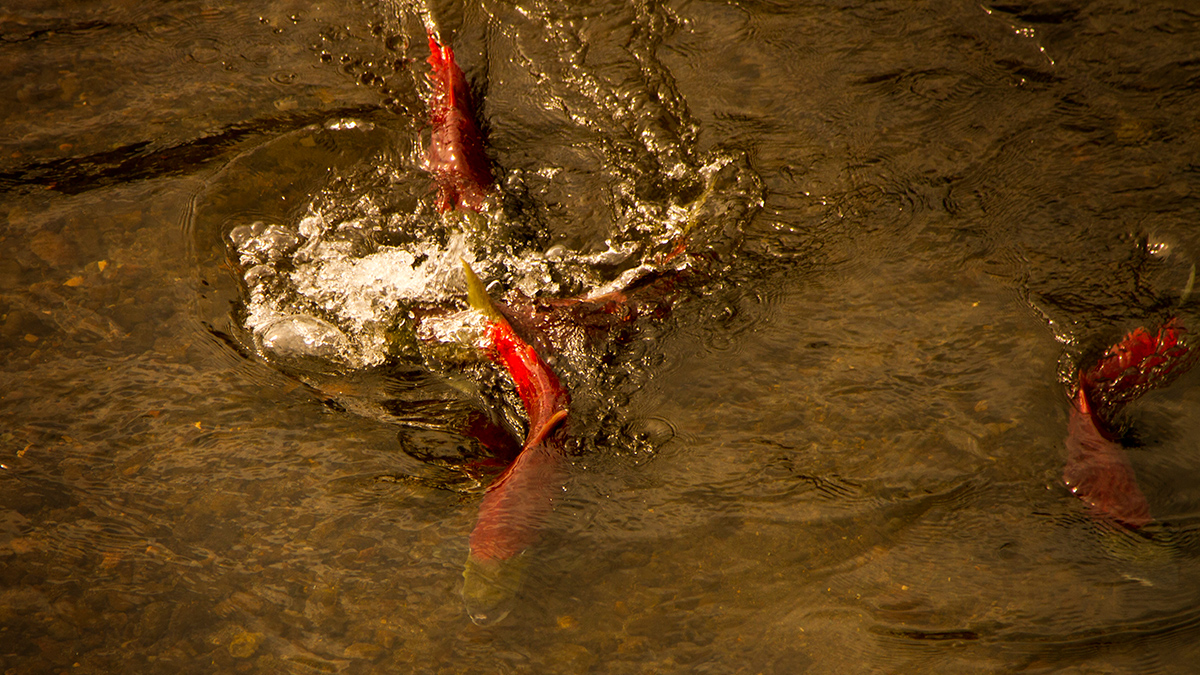La trucha no nativa ha alterado la diversidad del zooplancton que habita en los lagos de gran elevación.
genetics
DNA in Lake Sediment Reveals the Impact of Introduced Fish
Non-native trout have altered the diversity of zooplankton that live in high-elevation lakes.
Mid-Ocean Ridges Could Be Dispersing Thermophilic Bacteria
Scientists suggest that two strains of endospores located more than 4,000 kilometers away from one another originated in the same place: along the Mid-Atlantic Ridge.
Ukrainian Scientists Race to Document Soil Fungi
Genetic sequencing of samples collected from across the country contribute to a global database and may help researchers assess the damage caused by war.
Coral Larvae Journey Far and Wide in the Western Indian Ocean
Researchers mapped coral reef connectivity across the Seychelles archipelago to inform conservation efforts in the face of climate change.
Young Salmon in British Columbia Are Getting Bigger
A rediscovered catalog of sockeye scales gave researchers access to century-old fish DNA.
Beavers Have Engineered Ecosystems in the Tetons for Millennia
Analysis of lake sediment in Grand Teton National Park is helping piece together ecosystem history, with helpful implications for land managers today.
In New Zealand, Fish Are Helping Scientists Find Gold
Enormous amounts of gold lie buried beneath the rubble of New Zealand’s mountains, and scientists are using freshwater fish genetics to find it.
Some Corals Are More Heat Resistant Than Thought
The vast genetic diversity of corals means there are some that may survive warming waters. Now scientists just need to find them.
Una nueva perspectiva sobre la vida microbiana en las aguas termales del Parque Yellowstone
Una investigación sobre los rangos de hábitat de microorganismos en las fuentes hidrotermales del parque nacional Yellowstone muestran condiciones ambientales propicias para la interacción entre cianobacterias y algas.










